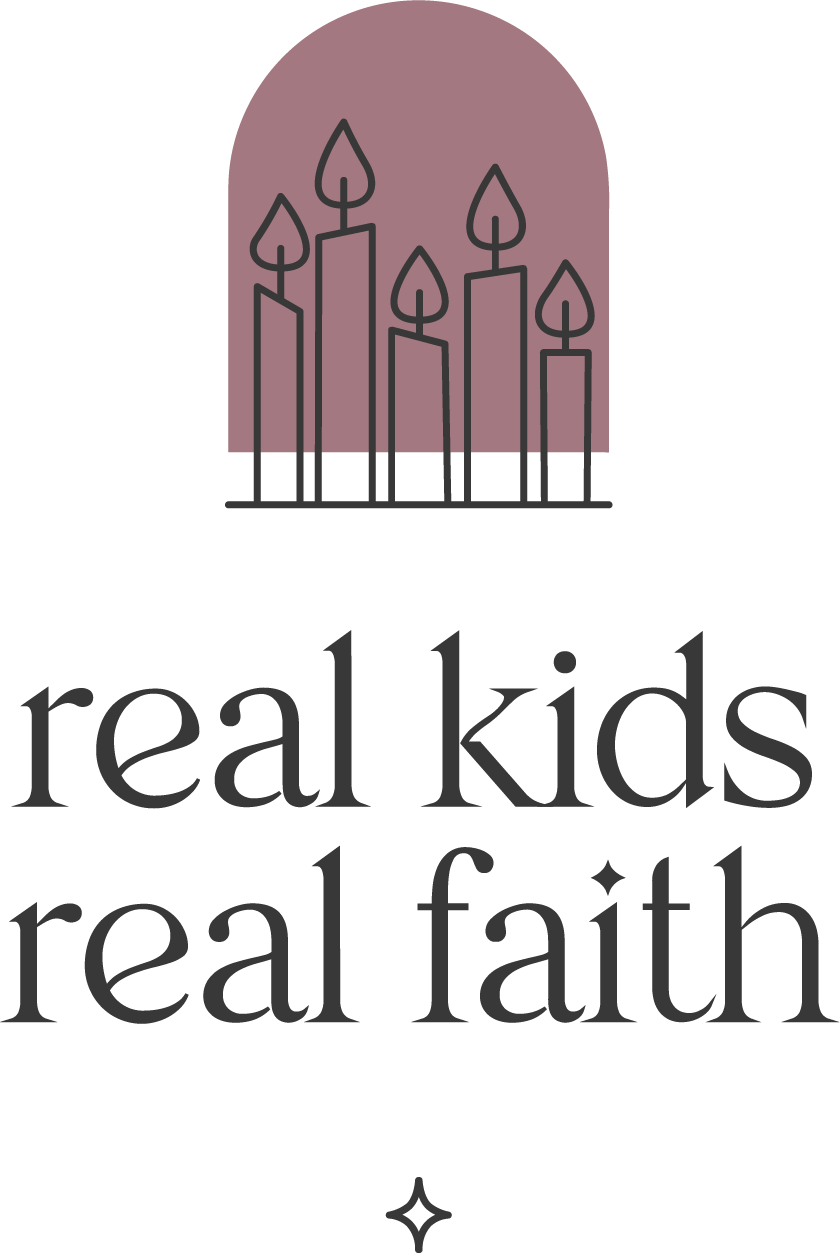Reading books about Martin Luther King, Jr. was more than an annual event when my children were young. We had several, pegged to different ages, and my kids were so impressed by MLK’s courage, boldness, and perseverance that they would pull his kid-friendly biographies off the shelf whenever they needed a reminder to stand up for what is right.
Introducing King’s life and legacy to kids helps them explore the power of purpose. It’s a chance to talk about the values they believe in and will work to uphold. Even young children can name something they fiercely believe is important and want to defend with everything they have. It might be the ‘right’ of a beloved stuffy to sit at the breakfast bar (respect for the other) or a demand for perfectly equal cookie portions (concern for fairness).
Learning about King also highlights uncomfortable aspects of social justice work. It’s helpful for kids to know that standing up for something may be uncomfortable and even unsuccessful some of the time. Children already have similar negative experiences and outcomes in day-to-day life. Hearing that it is normal to struggle emotionally with little and big things creates a safe environment for facing those emotions and carrying on.
MLK Jr. Day provides an opportunity as well to discuss racial injustice with children. Contrary to popular belief, children begin to notice race as infants and make decisions about relationships based on race as toddlers. That suggests it is never too early to talk about racial bias and promote racial equity. And since studies show that younger kids tend to adopt the attitudes of their parents, check your own behavior for unconscious biases and resolve to work on any microaggressions you uncover.
Planning special activities for MLK Jr. Day also sends an important Black-affirming message: racial justice heroes are worth celebrating. Given racist stereotypes reinforced in the media, school textbooks, and advertising, children can easily conclude that people of color don’t matter. Lifting up Black heroes challenges this conclusion and provides a fuller picture of history that kids need to break down social barriers.
Listening to King’s own words can help make his message come alive. While older children may be introduced to his “I Have a Dream” speech in school, they may not know about the many others he gave. Find a playlist online (e.g., 5 of Martin Luther King Jr.’s most memorable speeches | Washington Week) and listen together. With younger children, play the Dream speech (in its entirety or just the last 3.5 minutes) while you are washing dishes, clearing up toys, or riding in the car so that King’s words of hope become a familiar cadence.
Meditating on social justice can provide a space for children to dream as well. As King demonstrated, advocating for change is hard work that requires imagination as well as courage. Invite kids to creatively think about how they can march for justice with a Guided Meditation for Justice Seekers or Create a Virtual Protest room online where they can experiment with social justice language and actions.

Comments